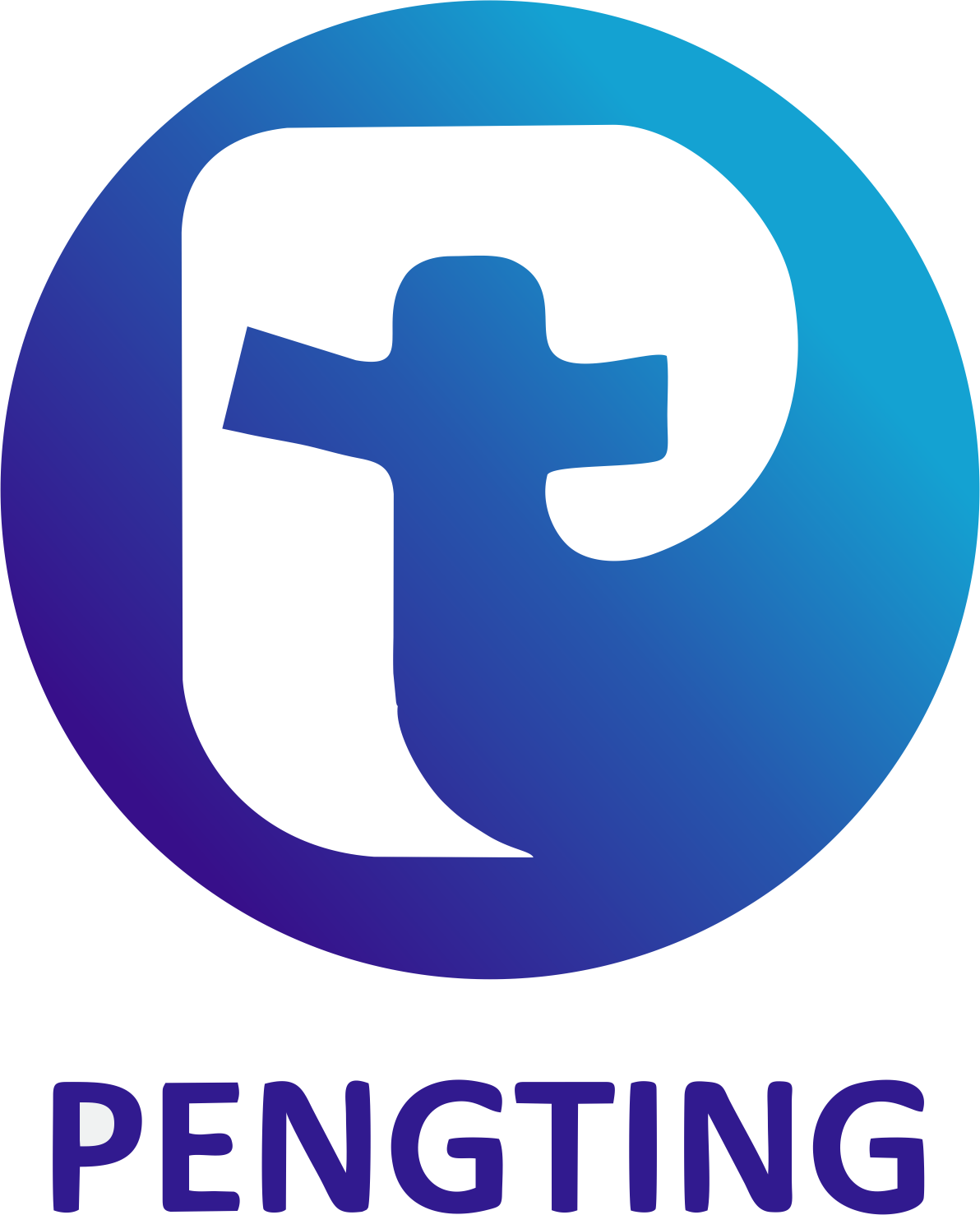
The Chinese peptide API market is undergoing unprecedented transformation, with domestic manufacturing capacity projected to increase by 150% over the next five years, positioning China to capture 40% of the global peptide active pharmaceutical ingredient supply by 2028. This seismic shift comes as international pharmaceutical companies seek to diversify their supply chains away from traditional Western sources, while Chinese manufacturers leverage significant government support, technological advancements, and cost advantages to become dominant players in the $75 billion global peptide therapeutics market. This comprehensive analysis examines how China’s strategic capacity expansion is reshaping global peptide supply dynamics, creating both opportunities and challenges for pharmaceutical companies worldwide, and potentially lowering peptide drug costs by 25-40% while raising critical questions about quality standards, intellectual property protection, and long-term supply chain security.
Current State of the Chinese Peptide API Market
China’s peptide API market has evolved from a minor player to a strategic global supplier, driven by massive investment, technological catch-up, and favorable government policies.
Market Size and Growth Trajectory
The Chinese peptide API market demonstrates explosive growth with significant implications for global supply:
- Current Market Value: $8.2 billion in 2024, representing 25% of global peptide API production.
- Growth Rate: 18.5% CAGR from 2024-2028, compared to global average of 9.2%.
- Production Volume: 12,000 kg annually, with capacity for 30,000 kg by 2028.
- Export Percentage: 65% of production exported, primarily to North America and Europe.
Key Market Players and Competitive Landscape
The market features a mix of state-owned enterprises, private manufacturers, and joint ventures:
- Leading Domestic Companies: Hisun Pharmaceutical, Zhejiang Medicine, Shanghai Pharmaceuticals controlling 45% of capacity.
- International Joint Ventures: Partnerships with Lonza, Bachem, and CordenPharma bringing technology transfer.
- Specialty Peptide Manufacturers: 50+ smaller companies focusing on niche peptides and custom synthesis.
- Regional Concentration: 70% of capacity located in Yangtze River Delta and Bohai Bay regions.
“China’s peptide API capacity expansion isn’t just about scale—it’s about strategic positioning in the global pharmaceutical value chain. Within five years, Chinese manufacturers will be indispensable partners for virtually every major pharmaceutical company developing peptide therapeutics.” — Dr. Wei Zhang, Pharmaceutical Industry Analyst, Beijing University.
Domestic Capacity Expansion: Drivers and Investments
China’s massive capacity expansion program is driven by multiple factors including government support, technological advancement, and market opportunities.
Government Initiatives and Policy Support
Strategic government programs are accelerating capacity growth:
- Made in China 2025: Pharmaceutical industry identified as strategic priority with $15 billion in subsidies.
- 14th Five-Year Plan: Specific targets for API self-sufficiency and advanced manufacturing capability.
- Tax Incentives: 15% preferential tax rate for high-tech pharmaceutical manufacturers.
- Regulatory Harmonization: CFDA alignment with ICH guidelines to facilitate international acceptance.
Investment Patterns and Infrastructure Development
Massive investments are transforming manufacturing capabilities:
| Investment Type | 2022-2024 Total | Key Projects | Impact on Capacity |
|---|---|---|---|
| Greenfield Facilities | $8.5 billion | 15 new peptide API plants | +8,000 kg annual capacity |
| Technology Upgrades | $3.2 billion | Automation and continuous manufacturing | 30% efficiency improvement |
| R&D Infrastructure | $2.1 billion | Peptide research centers and labs | Accelerated innovation cycle |
| Environmental Compliance | $1.8 billion | Waste treatment and green chemistry | Meeting international standards |
Technological Advancements Enabling Expansion
Chinese manufacturers are rapidly closing the technology gap:
- Automated Synthesis: Robotic peptide synthesizers increasing yield and consistency.
- Continuous Manufacturing: Flow chemistry systems reducing production time by 60%.
- Advanced Purification: HPLC and preparative chromatography with 95% recovery rates.
- Quality by Design: Implementation of QbD principles improving process robustness.
Global Supply Chain Impact
China’s capacity expansion is fundamentally reshaping global peptide supply chains, creating dependencies and vulnerabilities.
Supply Chain Restructuring
International pharmaceutical companies are rapidly adjusting their sourcing strategies:
- Dual Sourcing Adoption: 75% of major pharma companies implementing China +1 strategies.
- Inventory Strategy Changes: Reducing safety stock from 90 to 45 days due to reliable supply.
- Price Pressure: Chinese competition driving down global peptide API prices by 15-25%.
- Quality Standardization: International companies imposing rigorous quality requirements on Chinese suppliers.
Regional Market Impacts
Different regions experience varying effects from China’s expansion:
| Region | Supply Impact | Price Impact | Strategic Response |
|---|---|---|---|
| North America | Increased supply security, reduced lead times | 15-20% cost reduction | Increased quality oversight, strategic partnerships |
| European Union | Diversified sourcing, reduced single-point failures | 10-15% cost reduction | Regulatory alignment, quality verification |
| Japan/South Korea | Competitive pressure on domestic producers | 20-25% price pressure | Specialization in complex peptides, quality differentiation |
| Emerging Markets | Improved access to affordable peptides | 25-30% cost reduction | Direct sourcing, reduced dependency on Western suppliers |
Quality and Regulatory Considerations
As China’s market share grows, quality assurance and regulatory compliance become increasingly critical.
Quality Evolution and Current Standards
Chinese manufacturers have made significant quality improvements:
- GMP Compliance: 85% of major manufacturers now meet EU and US FDA standards.
- Quality Metrics: Batch failure rates reduced from 15% to 3% over past five years.
- Documentation Standards: DMF and CEP acceptance rates improving to 80% for leading companies.
- Analytical Capabilities: Investment in advanced characterization methods (LC-MS, NMR).
Regulatory Challenges and Responses
International regulatory bodies are adapting to increased Chinese participation:
- FDA Inspection Frequency: Increased inspections of Chinese facilities (45 in 2023 vs. 15 in 2020).
- EMA Cooperation: Joint inspection programs with Chinese regulatory authorities.
- Pharmacopeial Standards: Chinese Pharmacopoeia alignment with USP and EP standards.
- Data Integrity Focus: Enhanced scrutiny of data practices and electronic records.
Competitive Dynamics and Market Positioning
The changing competitive landscape requires strategic adjustments from all market participants.
Chinese Manufacturer Strategies
Leading Chinese companies are pursuing distinct strategic paths:
- Cost Leadership: Leveraging scale and lower operating costs for price competition.
- Quality Differentiation: Investing in quality systems to compete in regulated markets.
- Vertical Integration: Moving into finished dosage forms and proprietary peptides.
- Global Expansion: Acquiring or partnering with international CDMOs.
International Company Responses
Global pharmaceutical companies are developing sophisticated China strategies:
- Strategic Partnerships: Long-term supply agreements with quality guarantees.
- Technology Transfer: Controlled technology sharing with IP protection.
- Quality Oversight: On-site quality teams and rigorous audit schedules.
- Diversification: Maintaining multiple geographic sources to mitigate risk.
Challenges and Risk Factors
Despite impressive growth, the Chinese peptide API market faces significant challenges.
Supply Chain Vulnerabilities
Several factors could disrupt the continued expansion:
- Geopolitical Tensions: Trade restrictions or sanctions impacting API exports.
- Environmental Pressures: Stricter enforcement of environmental regulations increasing costs.
- Energy Constraints: Power shortages affecting manufacturing continuity.
- Raw Material Dependencies: Reliance on imported amino acids and specialty chemicals.
Quality and Compliance Risks
Ongoing concerns require continuous attention:
- Data Integrity Issues: Historical problems creating regulatory skepticism.
- Supply Chain Transparency: Difficulty tracing materials to original sources.
- IP Protection Concerns: Inadequate enforcement against patent infringement.
- Regulatory Compliance Gaps: Inconsistent implementation across manufacturers.
Future Outlook and Projections
The Chinese peptide API market is poised for continued growth with evolving strategic implications.
Capacity Projections Through 2030
Expert consensus points to sustained expansion with qualitative improvements:
- Volume Growth: Capacity reaching 45,000 kg annually by 2030.
- Market Share: China capturing 45-50% of global peptide API production.
- Quality Evolution: 95% of major manufacturers meeting international standards.
- Value Addition: Moving from standard peptides to complex modified peptides.
Strategic Implications for Global Market
The changing landscape will require adaptive strategies:
- Price Deflation: Global peptide API prices declining 20-30% by 2028.
- Supply Chain Reconfiguration: Reduced manufacturing in high-cost regions.
- Innovation Focus: Western companies emphasizing novel peptides and delivery technologies.
- Regulatory Evolution: Enhanced international cooperation on quality standards.
FAQs: Chinese Peptide API Market
Q: What quality standards do Chinese peptide API manufacturers currently meet?
A: Leading Chinese peptide API manufacturers now predominantly meet international quality standards, with approximately 85% of major producers compliant with EU GMP and US FDA requirements. The top tier of companies has achieved successful FDA inspections and maintains active DMFs. However, quality consistency varies across the industry, with smaller manufacturers often lagging behind established players. International customers typically conduct rigorous audits and implement additional quality controls when sourcing from Chinese suppliers.
Q: How does the cost structure of Chinese peptide APIs compare to Western manufacturers?
A: Chinese peptide APIs typically offer 30-40% cost advantages compared to Western manufacturers, driven by lower labor costs (60-70% less), government subsidies (15-20% of capital costs), scale efficiencies, and reduced regulatory compliance costs. However, total cost of ownership calculations must include additional quality verification, increased inventory holding, and potential supply chain risks. The net cost advantage for sophisticated buyers typically ranges from 15-25% after accounting for these factors.
Q: What are the main risks of depending on Chinese peptide API suppliers?
A: Key risks include geopolitical tensions affecting trade flows (25% probability according to risk assessments), quality consistency issues (particularly with newer suppliers), intellectual property protection concerns, supply chain transparency challenges, and potential regulatory actions. Mitigation strategies include dual sourcing, rigorous quality agreements, on-site audits, inventory buffers, and contingency planning. Most large pharmaceutical companies consider these risks manageable with appropriate oversight and safeguards.
Core Takeaways
- Transformative Growth: China’s peptide API capacity expansion is fundamentally reshaping global supply dynamics and competitive landscapes.
- Quality Evolution: Leading Chinese manufacturers have achieved international quality standards, though consistency across the industry remains variable.
- Cost Advantages: Significant cost differentials are driving sourcing shifts but require careful total cost analysis.
- Strategic Imperative: Companies must develop sophisticated China strategies that balance cost, quality, and risk considerations.
- Future Leadership: China is poised to become the dominant global supplier, necessitating adaptation from all market participants.
Conclusion: Navigating the New Peptide API Landscape
The rise of China’s peptide API manufacturing capability represents one of the most significant developments in the global pharmaceutical industry. With massive capacity expansion, improving quality standards, and substantial cost advantages, Chinese manufacturers are rapidly becoming indispensable partners for pharmaceutical companies worldwide. This transformation offers the promise of more affordable peptide therapeutics and greater supply security, but also introduces new risks and challenges that require sophisticated management.
The future will likely see China consolidating its position as the dominant global supplier, while international companies focus on innovation, complex peptides, and value-added services. Success in this new landscape will require companies to develop nuanced China strategies that leverage cost advantages while mitigating risks through quality oversight, supply chain diversification, and strategic partnerships. The peptide API market of 2030 will look substantially different from today, with Chinese manufacturers at the center of global supply networks and international competition increasingly focused on innovation rather than cost alone.
Disclaimer:
This article contains information, data, and references that have been sourced from various publicly available resources on the internet. The purpose of this article is to provide educational and informational content. All trademarks, registered trademarks, product names, company names, or logos mentioned within this article are the property of their respective owners. The use of these names and logos is for identification purposes only and does not imply any endorsement or affiliation with the original holders of such marks. The author and publisher have made every effort to ensure the accuracy and reliability of the information provided. However, no warranty or guarantee is given that the information is correct, complete, or up-to-date. The views expressed in this article are those of the author and do not necessarily reflect the views of any third-party sources cited.





